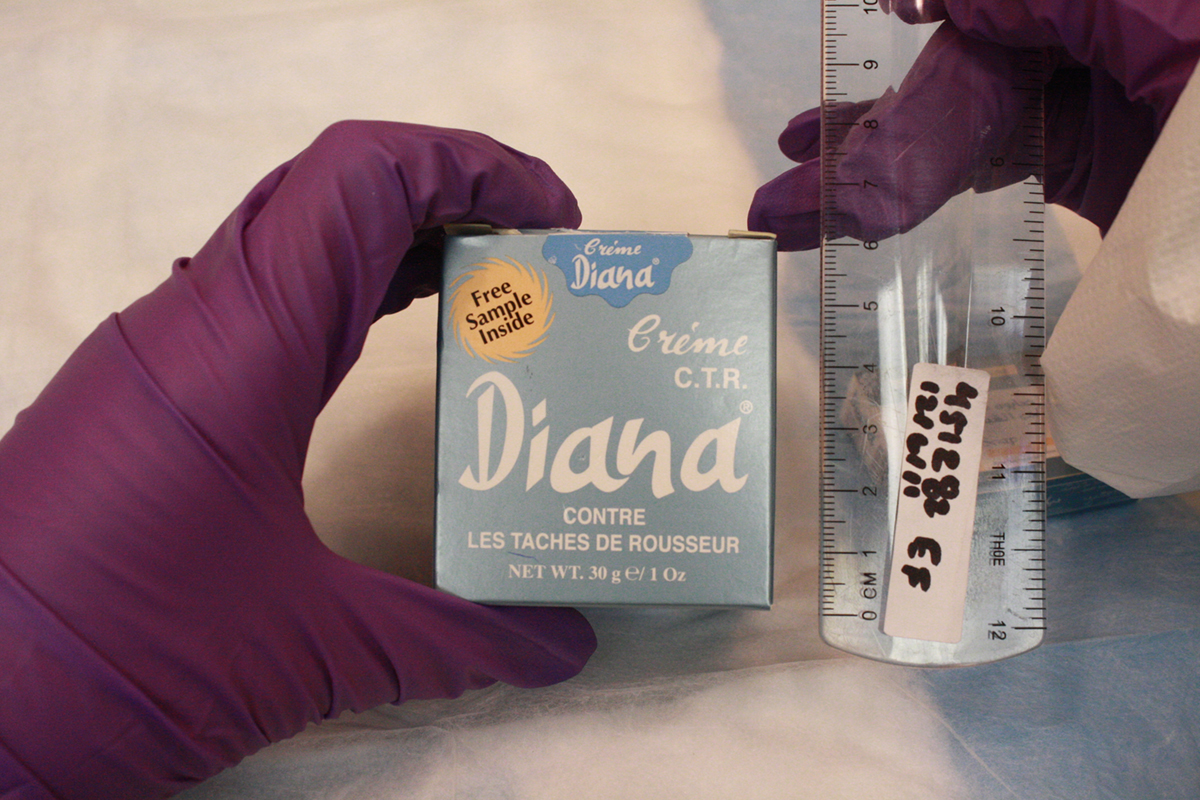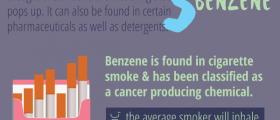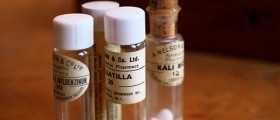
Mercury is a chemical element found all over the planet: in soil, in rocks, in water and even in the air. It exists in a couple of forms: as a liquid metal, as a vapor and in organic and inorganic compounds. It has been used for ages as a medicine, for preparation of amalgams, and it has many industrial applications. However, recent studies show that mercury has the ability to cause health problems. It is interesting to note that the phrase “Mad as a Hatter”, that originates in the 19th century, actually refers to mental problems in people who used mercury.
Sources of mercury
Mercury can be extremely toxic to humans especially, if they come to contact with mercury in the form of a vapor, methyl mercury or inorganic mercury. People with severe health problems are at increased risk of mercury poisoning. Numerous items from modern everyday life contain mercury: coal burning power plants emit mercury, home thermometers, button batteries, energy-saving light bulbs and seafood, for example.
Mercury poisoning treatment
Self-care at home involves avoiding potential sources of mercury poisoning. However, suspected and known exposure to any kind of mercury demands a prompt medical treatment. In large outbreaks it is important to notify the city, state or national poison control and medical toxin personnel, to avoid further poisoning of citizens.
In acute cases it is important to remove the person from the source of poisoning and protect the others from coming in contact with the source. Person’s contaminated cloth should also be removed and the person should be cleaned. If a patient inhaled mercury vapor it may need an emergency respiratory support. Ingestion of toxins shouldn’t be treated with medications that introduce vomiting because this may lead to the increased tissue exposure to the toxin.
The course of the treatment varies depending on the form of poisoning. Ingestion poisoning treatment usually starts by removing the source of poisoning. If the source is liquid or edible, doctors use activated charcoal to bind and inactivate the toxin. Patients may often need to receive intravenous fluids because toxin damages the intestinal tract cells.
Acute organic forms are treated the same way as inorganic, but they don’t affect the cells immediately and the treatment may be less aggressive, often performed with charcoal and a laxative.
Ingestion of elemental mercury (found in thermometers, for example) most commonly doesn’t do the damage to the gastrointestinal cells, unless they are previously damaged. Doctors will use laxative to remove the toxin from the body.
Other effective treatments are neostigmine treatment, that help motor functions, and polythiol, which binds mercury in bile secretions. The proper treatment depends on the individual patient.

















Your thoughts on this
Loading...